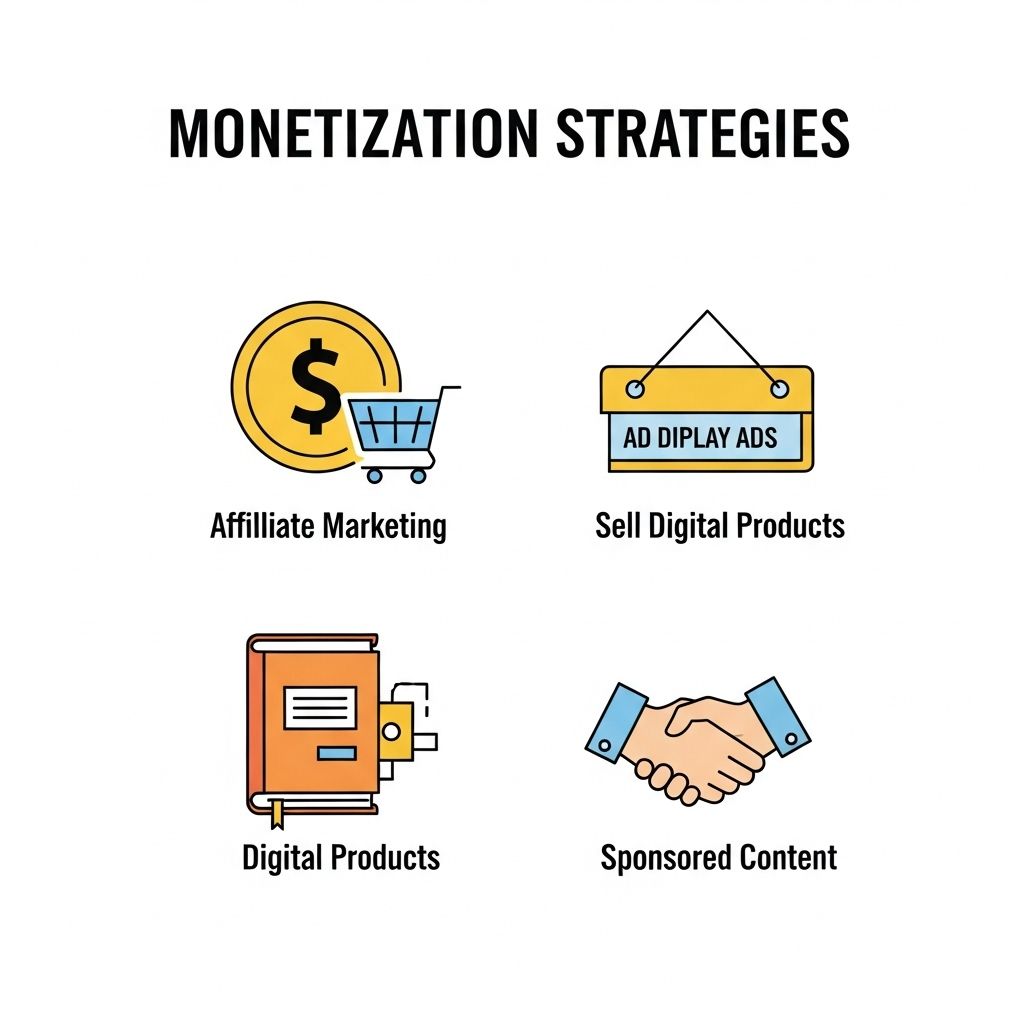Blog writing is an art that requires a blend of creativity, structure, and an understanding of your audience. Whether you’re a seasoned blogger or just starting, mastering the craft can significantly impact your reach and engagement. In this article, we will explore ten powerful tips to enhance your blog writing skills and help you create content that resonates.
Understand Your Audience
Before you type a single word, take the time to understand who your readers are. Knowing your audience will help you tailor your content to their interests and needs. Here are a few strategies to get you started:
- Identify demographics: Age, gender, location, and profession can influence what topics will engage your readers.
- Analyze reader behavior: Use analytics tools to see which posts perform well and why.
- Gather feedback: Encourage comments and messages to gain insights directly from your audience.
Choose the Right Topic
Selecting a topic that is both relevant and interesting is crucial for capturing attention. Consider the following:
- Trending issues in your industry
- Common questions or challenges your audience faces
- Personal experiences that relate to broader themes
Using Keyword Research
Utilizing keyword research can help you discover topics that are not only interesting but also have the potential for high search traffic. Tools like Google Keyword Planner, Ahrefs, and SEMrush can provide valuable insights.
Create an Engaging Title
Your title is the first thing readers see, so make it count! A good title should be:
- Descriptive: Clearly indicate what the post is about.
- Compelling: Include action-oriented language to entice clicks.
- SEO-friendly: Incorporate relevant keywords to improve search visibility.
Plan Your Structure
Having a clear structure in your blog post enhances readability. Consider using:
Headings and Subheadings
Break your content into sections with headings and subheadings to guide the reader through your article. This not only makes it easier to read but also improves SEO.
Bullet Points and Lists
Using bullet points and numbered lists can simplify complex information and make the content more scannable.
Visual Elements
Incorporate images, infographics, or videos to complement your text and keep the reader engaged.
Write with a Conversational Tone
Blog writing should feel personal and approachable. Here are some tips to maintain a conversational tone:
- Use first-person or second-person perspectives.
- Ask questions to engage your readers.
- Avoid jargon unless necessary, and explain terms when you do use them.
Provide Value Through Quality Content
Quality content is king. Ensure your posts are informative, well-researched, and valuable to your readers. Here’s how:
- Support your claims with data and credible sources.
- Incorporate practical tips or actionable steps.
- Keep your writing concise and focused.
Optimize for Search Engines
Search engine optimization (SEO) can dramatically increase your blog’s visibility. Consider the following best practices:
| SEO Element | Best Practice |
|---|---|
| Keywords | Place primary keywords in titles, headings, and throughout the content. |
| Meta Descriptions | Craft compelling meta descriptions to improve click-through rates. |
| Alt Text | Use descriptive alt text for images to help search engines understand your content. |
Edit and Proofread
The writing process doesn’t end once you finish your first draft. Editing is crucial for maintaining professionalism. Here are some tips to consider:
- Take a break before editing to return with fresh eyes.
- Use tools like Grammarly or Hemingway to identify errors or unclear sentences.
- Consider having a peer review your post before publication.
Promote Your Content
Once your blog post is live, the work isn’t finished. Promotion is essential to reach a wider audience. Implement these strategies:
- Share on social media platforms.
- Engage with related online communities or forums.
- Utilize email marketing to notify subscribers of new posts.
Analyze and Iterate
Finally, always analyze your blog’s performance. Use tools like Google Analytics to track metrics such as:
- Page views
- Average time spent on page
- Bounce rate
Identify which posts perform best and refine your strategy based on what works. Don’t hesitate to experiment with different formats, topics, and promotional techniques.
Conclusion
Blog writing is a continuous learning process. By implementing these ten powerful tips, you can improve your writing skills and create content that captivates your audience. Remember, the key to successful blogging lies in understanding your readers, delivering value, and being adaptable as trends and technologies evolve.
FAQ
What are some effective tips for writing engaging blog posts?
To write engaging blog posts, focus on a strong headline, use storytelling, incorporate visuals, write in a conversational tone, and provide actionable insights for your readers.
How important is keyword research in blog writing?
Keyword research is crucial for SEO; it helps you understand what your audience is searching for, allowing you to tailor your content to meet their needs and improve visibility in search engines.
What role does formatting play in blog writing?
Proper formatting enhances readability; use headings, bullet points, and short paragraphs to break up text, making it easier for readers to scan and digest information.
How can I improve my blog’s SEO ranking?
To improve your blog’s SEO ranking, focus on optimizing your content with relevant keywords, using internal and external links, and ensuring your site has a fast loading speed.
Should I promote my blog on social media?
Yes, promoting your blog on social media is essential; it helps you reach a wider audience, engage with readers, and drive traffic back to your blog.
How often should I publish new blog posts?
Consistency is key; aim to publish new blog posts regularly, whether it’s weekly, bi-weekly, or monthly, to keep your audience engaged and improve your site’s SEO.




